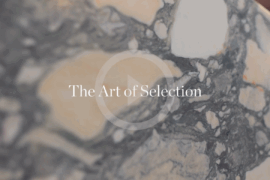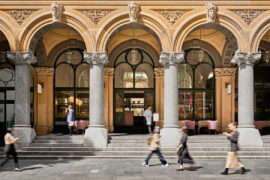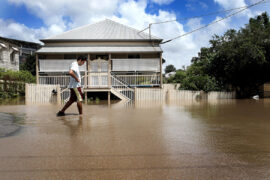The brief of an architect’s nightmares made a reality at Monash University Clayton campus.
October 21st, 2009
Completed in 2007, the Monash Centre for Electron Microscopy (MCEM) was last month awarded the 2009 Engineering Australia Engineering Excellence Award (for projects up to and including $20 million).
The project, by Architectus, had unique requirements to house specialised electron microscopes. Basically, this equipment requires sound and ground vibrations and electromagnetic interference to be minimised in order to operate effectively.
To eliminate electromagnetic fields the Architects could not include lifts, continuous steel structures or fluorescent lights and metal ductwork and pipes needed to be fitted with insulation breaks every six metres. Even the slab reinforcement had to be individually earthed and a ‘low velocity air supply’ had to be created.
Faced with these challenges Architectus teamed up with JMP (John Mullen & Partners) engineers to create a building that is “100 times more stable than an operating theatre and quieter than a recording studio”.
To achieve this the team has ‘cocooned’ the nine sensitive microscopes in multiple layers of materials and a timber structure. The whole building is also raised on a mound, further reducing external disturbance, while adding to the existing ‘pavilion’ style of the Monash Clayton Campus.
The project has received a lot of attention for a beautiful design under an extremely difficult brief. Click here to view a more scientific description for the ABC’s Catalyst program earlier this year.
Architectus
architectus.com.au
MCEM website
mcem.monash.edu.au
Image Credits (Below):
1 – 4 Peter Hyatt
5 – 9 Trevor Mein + Hero Image Above
INDESIGN is on instagram
Follow @indesignlive
A searchable and comprehensive guide for specifying leading products and their suppliers
Keep up to date with the latest and greatest from our industry BFF's!

The undeniable thread connecting Herman Miller and Knoll’s design legacies across the decades now finds its profound physical embodiment at MillerKnoll’s new Design Yard Archives.

CDK Stone’s Natasha Stengos takes us through its Alexandria Selection Centre, where stone choice becomes a sensory experience – from curated spaces, crafted details and a colour-organised selection floor.

London-based design duo Raw Edges have joined forces with Established & Sons and Tongue & Groove to introduce Wall to Wall – a hand-stained, “living collection” that transforms parquet flooring into a canvas of colour, pattern, and possibility.
The system design of the Quintessence recessed spotlights and recessed floodlights provides a wide range of options for ceiling-integrated accent lighting.
Grab a copy of Habitus 03, on sale today! The latest issue has a diverse selection of products, people and projects to delight and inspire. Habitus has travelled the Region to bring you insights from a range of creative personalities including Australian architectural photographer, John Gollings, Singaporean graphic designer, Theseus Chan and New Zealand architect, […]
The internet never sleeps! Here's the stuff you might have missed

Luchetti Krelle’s timeless design at Epula marries heritage grandeur with classic sophistication, celebrating the spirit of a European piazza whilst remaining unmistakably of its place.

David Gole, principal at leading climate-resilient design practice JDA Co., comments on the intersection between heritage and climate in architecture.